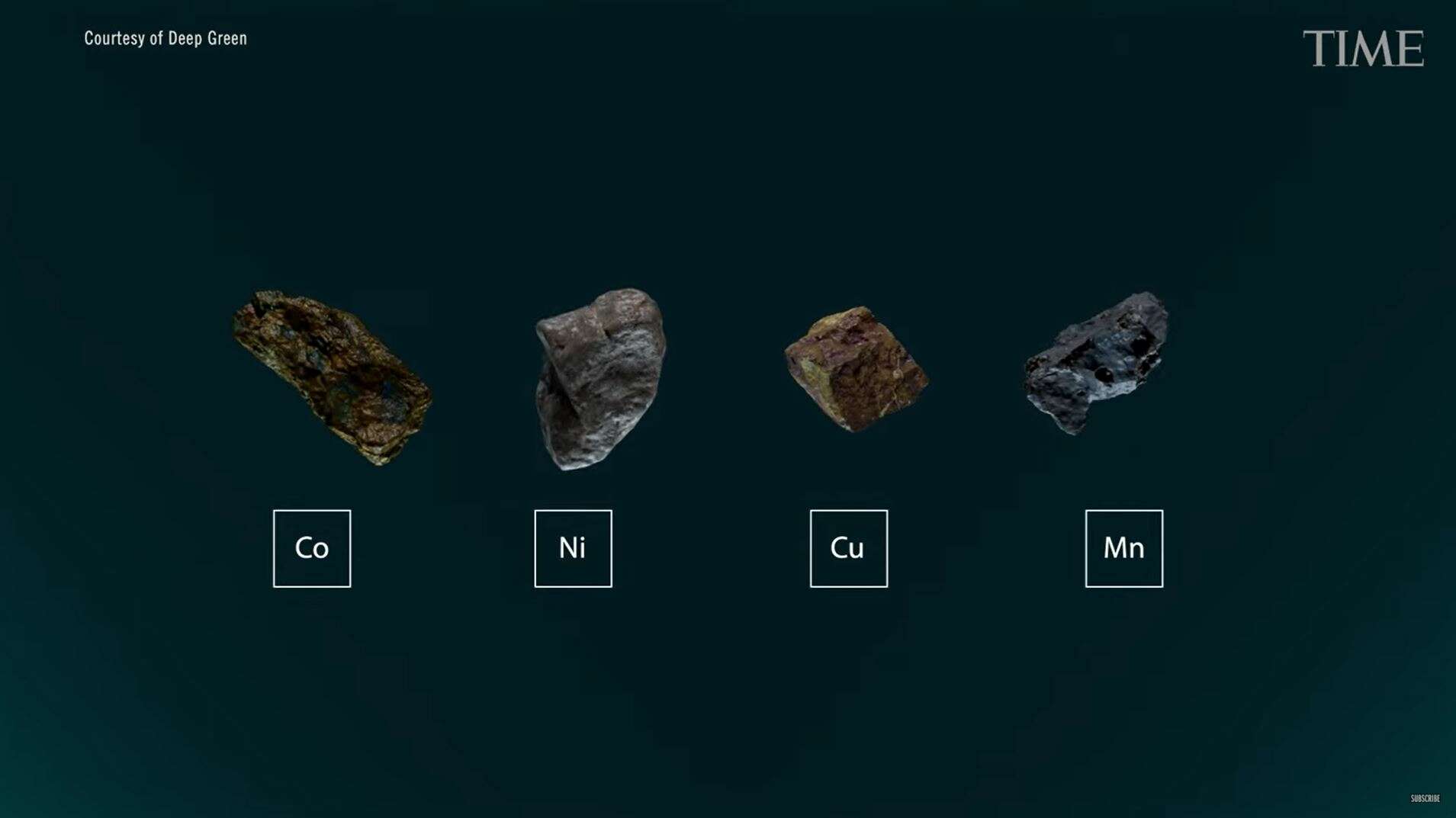
TIME magazine: A CLIMATE SOLUTION LIES DEEP UNDER THE OCEAN—BUT ACCESSING IT COULD HAVE HUGE ENVIRONMENTAL COSTS
September 7, 2021
In The Media
In this consideration of deep sea mining published by TIME, Aryn Baker recognises that the polymetallic nodules in the Clarion-Clipperton Zone (CCZ) could enable a global green energy revolution. She reports that GSR would be able to collect 3 million tonnes of polymetallic nodules a year with two Patania II nodule-collecting robots. GSR Managing Director, Kris Van Nijen, is quoted explaining that the CCZ represents “a single deposit that provides the minerals we need for clean-energy infrastructure.”
Baker explains that the alternative is the vast expansion of land-based mining, with declining ore quality, accusations of human rights abuse and widespread environmental damage being major concerns. “According to deep-ocean-mining proponents, the seabed nodules could provide most of the minerals the world needs, with minimal impact,” she notes. The article also sets out the importance of ensuring that stringent research into the potential environmental impacts of deep sea mining takes place. Van Nijen is quoted explaining: “if the science shows the deep seabed has no advantages over the alternatives, there will be no seabed-minerals industry.”
Finally, the piece explains that a moratorium would jeopardise the important progress that has already been made. Van Nijen clarifies: “[Stopping] exploration takes whatever certainty there is for the industry away, which means investment will disappear, which means that research isn’t funded, which means in 10 years’ time, we are in a similar boat as we are today, without a significant advance in knowledge.”
Read the entire article here.
